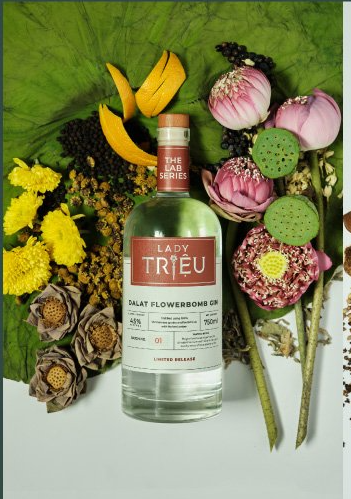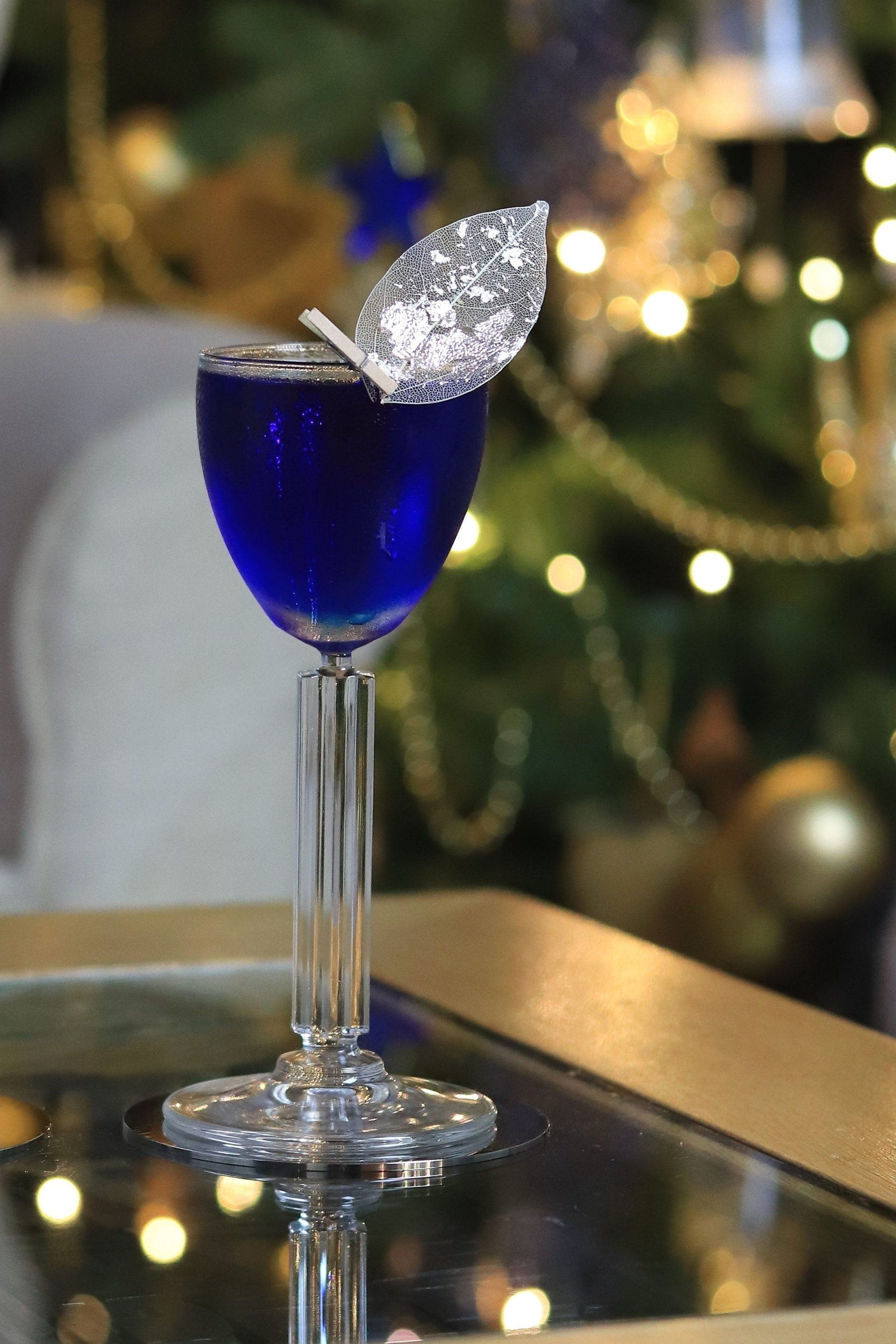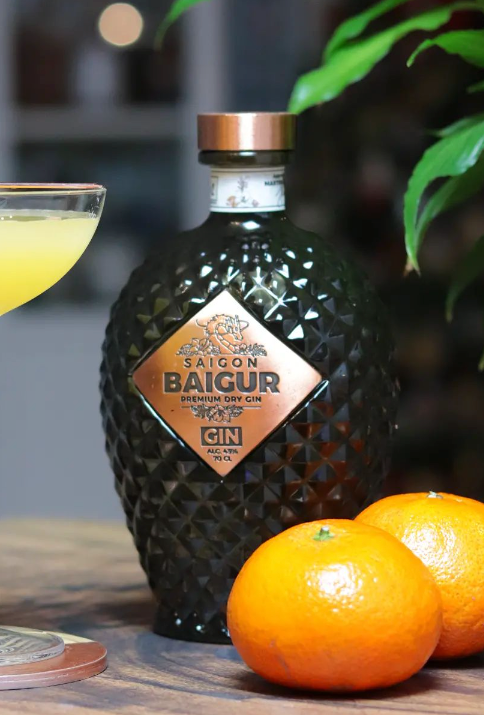South East Asia Series - Vietnam Gin Distilleries
Sông Cái are based in Hanoi and they highlight botanicals from northern Vietnam and work with 70 families from ethnic minority tribes in the highland forests to source their ingredients.
Royal Sedang is another gin which is inspired by botanicals from Vietnam, but is distilled in Bordeaux, France and pays homage to Charles Marie de Mayrena, the last French King and Chief of the Kingdom of Sedang in 1888. Their claim is that they are the first gin using 100% Asian botanicals and feature litchi, jasmine and lemongrass alongside the more common gin botanicals - no mention if this includes juniper though!
If you have followed the plight of some breweries during lockdown you will be aware how they have had to be a bit creative around upcycling beer into gin, but Brewstillery claim to be the first to have upcycled craft beer mash from their Furbrew Distillery, into their Mashed Up Gin and launched in 2019.
Lady Trieu brought to market 2 gins (around 2019) by Adam Westbook, formerly of Portobello Road Gin fame and also featuring south and central Vietnamese botanicals.
Paper Lantern launched in 2016 by Siman Ames (originally from Turkey), and was initially distilled in Chang Mai in Thailand, using a base of rice alcohol and local botanicals and spices commonly used in Northern Thailand, like sichuan peppercorns, galangal and ginger. Siman and her husband have lived and worked all over the world, but it was when they moved to Singapore in 2012 that they were inspired to create an Asian gin. They raised money through a crowdfunding campaign in Australia and chose to have their gin distilled in Thailand as this was where their distiller lived and they purchased from local farmers, thereby giving back to the communities as well. The first 2 batches were distilled in Thailand but they have since moved to distill in Vietnam where ingredients are more readily available.
The rice based spirit is also made at the distillery and botanicals are macerated before being slowly distilled and finished with a kiss of logan berry honey sourced from villages in Northern Vietnam. The bottle label takes inspiration from traditional Chinese paper cuttings and is focused on their key botanical, the Sichuan Pepper with its red/pink berries. It has a very distinct and unique aroma and flavour with the rice base coming through fairly strong. It's earthy and warm with slight sweetness as well. It may not be for everyone as it is quite different to your normal London Dry, but it's really smooth and I think well balanced and has won Best Vietnamese Contemporary Gin in the 2019 World Gin Awards and Double Silver at the 2018 World Gin Masters.














